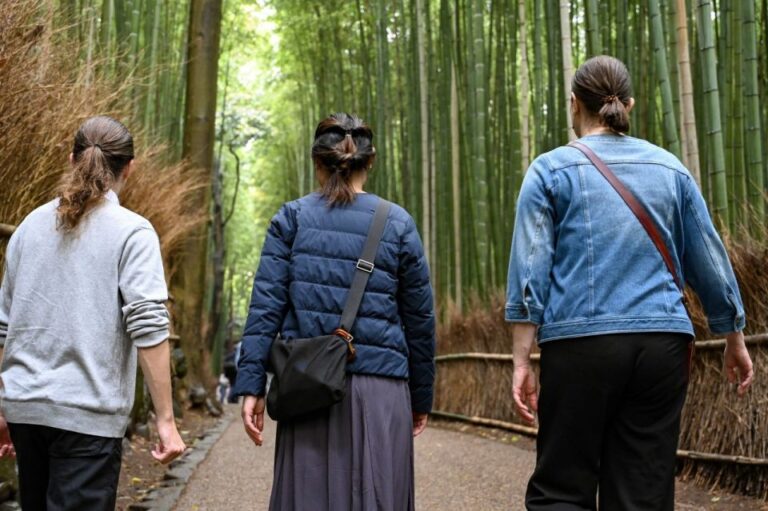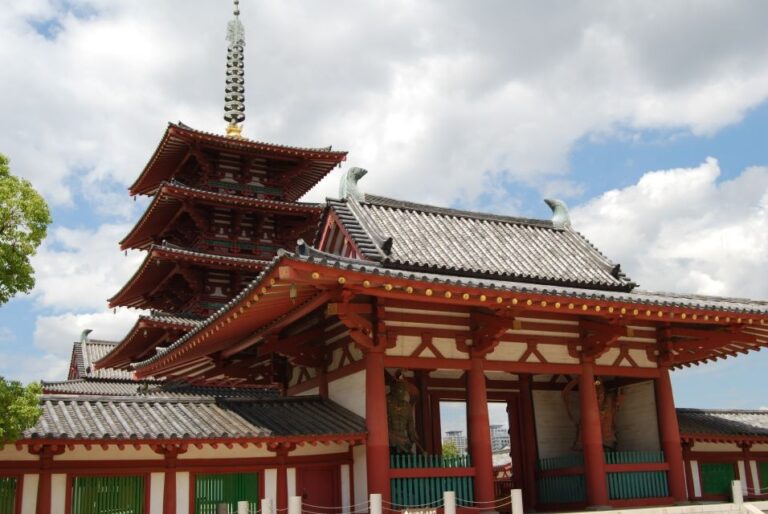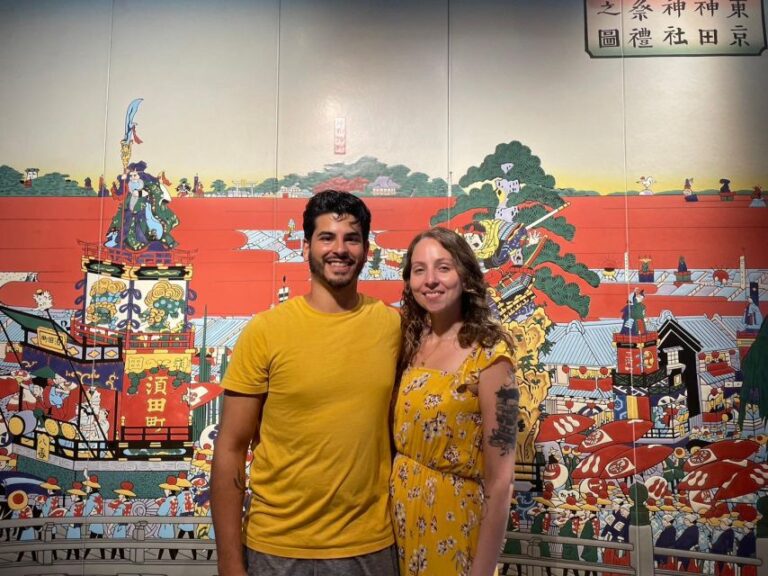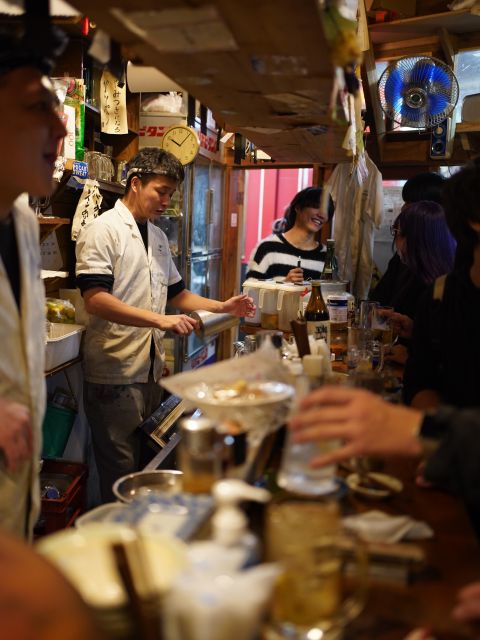Shinjuku Gyoen Guide

Shinjuku Gyoen, one of Shinjuku‘s popular attractions, has three distinct gardens and a large greenhouse, where residents and travelers can enjoy different flowers throughout the seasons, making it a great place to relax. Follow “Eat & Shop! Japan” and take a tour of Shinjuku Gyoen!
The East and the West of the garden art, meet in “Shinjuku Gyoen”

Shinjuku always gives the impression of high-rise buildings, and department stores, and has one of the world’s busiest Shinjuku station mazes. In such an area, Shinjuku Gyoen is a rare find. The predecessor of Shinjuku Gyoen dates back to the Edo period, when Ieyasu Tokugawa granted a large area of land to Kiyonari Naito, an important minister, as a reward for his long years of service, and the site was named “Naito-cho”. In 1698, the Shogunate ordered the Naito family to return a portion of the land for the construction of a new lodging house on Koshoku Street, which was named “Naito Shinjuku” and later shortened to “Shinjuku,” which is how Shinjuku got its name.
The three main gardens of the East and West, each with its own distinctive character
One of the great pleasures of visiting Shinjuku Gyoen is that you can enjoy three different styles of gardens at the same time. The Japanese landscape garden has ponds, hills, rocks, and neatly trimmed plants… The paths are well-maintained, and you can enjoy the garden’s diversity by walking around. In the garden, there are two teahouses, “Rakuhutei” and “Shoden-tei”, where you can come to enjoy tea and rest after a long walk, or sit and watch the tranquil beauty of the Japanese garden. One of the special buildings in the Japanese garden is the “Old Imperial Pavilion”, which was built in 1927 and donated by Japanese people living in Taiwan at that time to celebrate the marriage of Emperor Showa.
In 1906, the Naito family’s garden was transformed into an imperial garden, and two types of gardens representing the Western style were built in the imperial garden, the English Landscape Garden and the French Plastic Garden. The “English Landscape Garden” is characterized by its vast turf and 30-meter-tall zelkova trees, and its open space is set against the skyscrapers of Shinjuku, making it an urban oasis. The “French Garden” features a symmetrical and neatly trimmed garden with 110 rose beds of about 500 plants and two rows of French sycamore trees on the left and right, giving it a European garden atmosphere.
The largest greenhouse in the East, promoting the improvement of agricultural technology in modern Japan
After the Meiji era, the Japanese government purchased some of the lands from the Naito family and established the Naito Shinjuku Experimental Farm for the purpose of improving agricultural technology, and it conducted various agricultural-related research and promoted the improvement of technologies such as animal husbandry, horticulture, tea production, sericulture, and agricultural tools.
The Naito Shinjuku Experimental Farm was established for the purpose of improving agricultural technology. By 1878 (Meiji 10), more than 3,000 species of plants had been successfully cultivated, and a Western-style greenhouse was set up in the same year, pioneering the development of greenhouse technology in Japan. The present greenhouse was completed in 1958 and is the largest in the East, with over 2,300 species of tropical plants.
The largest cherry blossom and maple viewing site in Tokyo
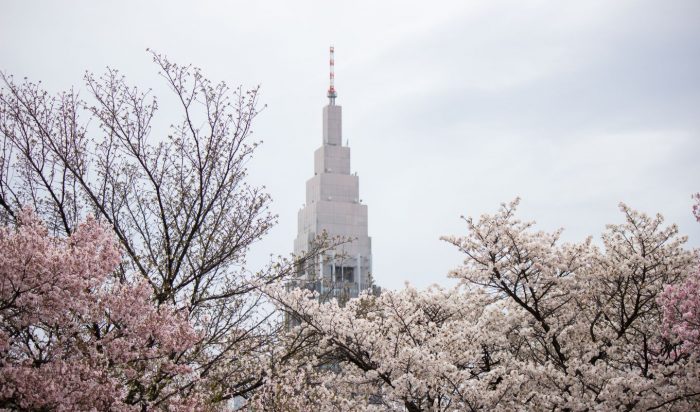
From late February to late April, you can enjoy the cherry blossoms in various places in Shinjuku Gyoen, especially during the cherry blossom season, which is one of the most popular places for cherry blossom viewing in Tokyo.
In the fall, Shinjuku Gyoen is also recommended, as the North American gooseberry, French sycamore, ginkgo, and maple leaves change color, and the overall color of Shinjuku Gyoen slowly changes from bright green to yellow and red. In addition, different flowers such as plum blossoms, camellias, roses, zinnias, and chrysanthemums can be enjoyed throughout the year.

